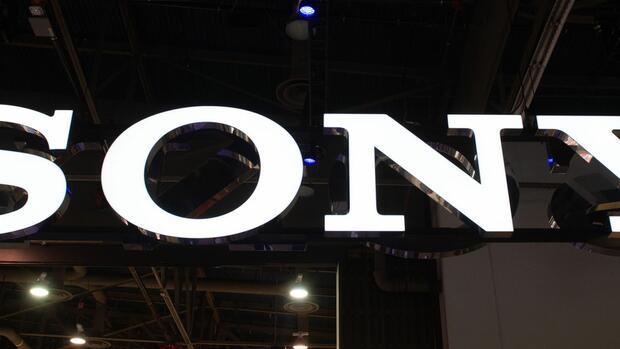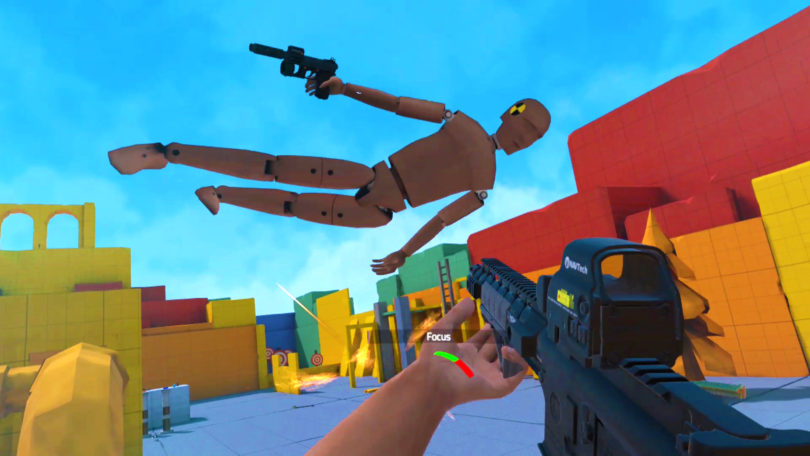Tokyo “The gaming market is very interesting for us,” the head of the electronics division, Kazuo Kii, told the German Press Agency. Sony is entering a market that is already divided between many established providers. That’s why you give yourself two to three years to “be in a good position,” Kii said.
Although some Playstation users are likely to buy the new devices, they are mainly intended for “serious PC gamers”. Sony is hoping for the expertise in sound and display technology to convince the new customers. This includes the implementation of a 3D noise environment in which sounds can come from different directions according to the game. In the format war over the technology, Sony admits the limits of its own assertiveness: instead of the in-house development 360 Reality Audio, the headphones rely on the standard Dolby Atmos, which, for example, Apple and Amazon also use in their 3D music offer. Future devices such as speakers would support both standards, Kii said.
Supply bottlenecks, 8K resolution and corona boom
The already fast-growing video game market received another strong boost in the corona pandemic. At the same time, Sony felt the effects of the global semiconductor bottlenecks: for example, the new Playstation 5, which will be released in autumn 2020, is still sometimes difficult to get. Even in the electronics business, he does not yet see an improvement in the shortage of components, Kii said. Sony has since released several of its once-exclusive Playstation games on PC, including titles such as “God of War” and “Horizon: Zero Dawn”.
Sony manager Kii, who is also responsible for the TV equipment business, expects that TVs with a sharper image thanks to higher 8K resolution with more pixels will prevail over time over today’s HD or 4K models. Another obstacle is the technology for the production and transmission of 8K content, which means significantly larger amounts of data. To improve the image quality, Sony also relies on a real-time analysis of the content on the display in order to display individual objects optimally.








